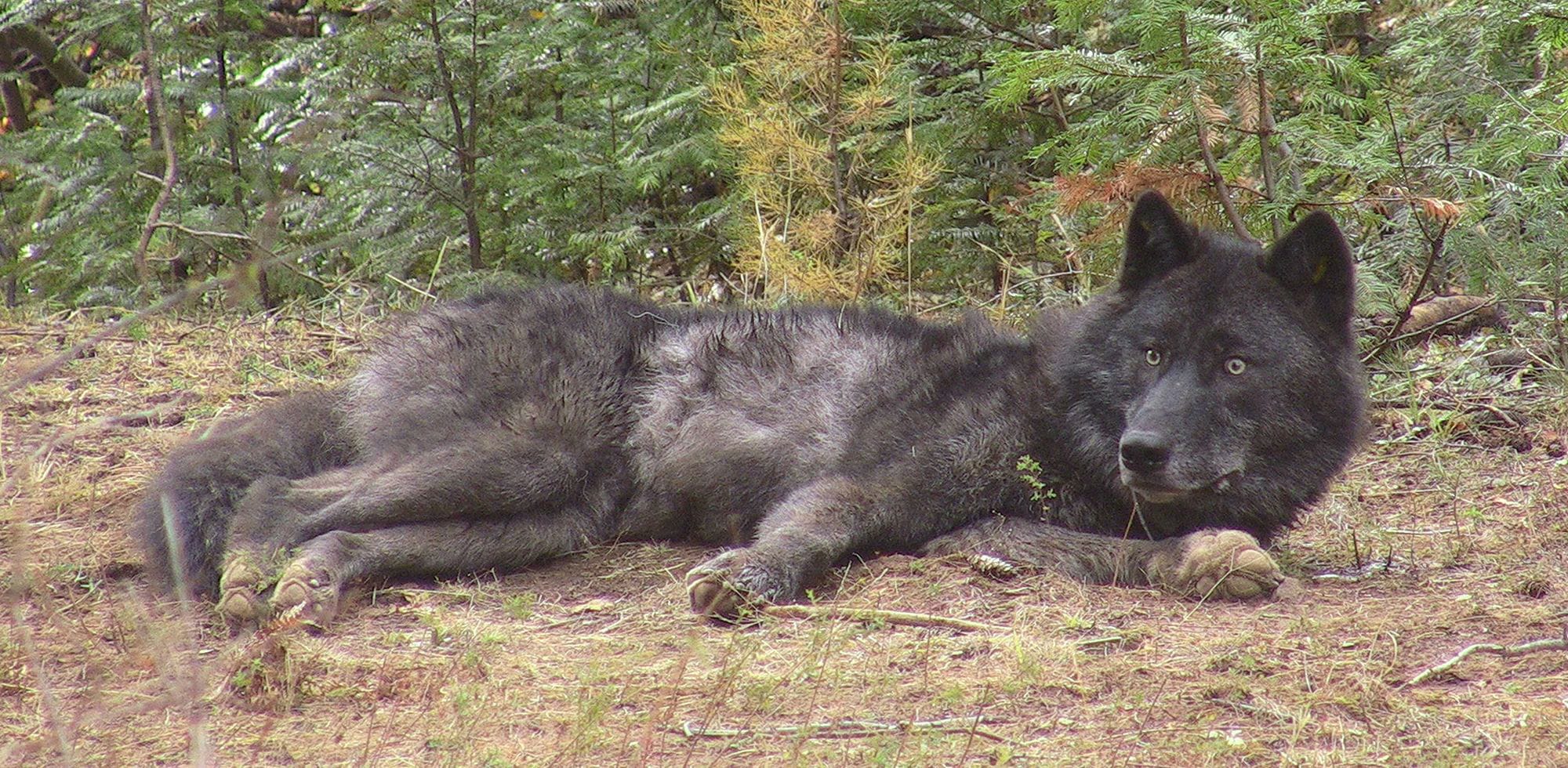A rule allowing ranchers to kill wolves on their property under certain circumstances is now permanently on Oregon Department of Fish & Wildlife books.
Gov. John Kitzhaber has already signed House Bill 3452, which puts into law provisions of a recent court settlement reached between ODFW, conservation groups and the Oregon Cattlemen’s Association. The agreement was crafted to protect endangered wolves, while at the same time giving livestock producers more flexibility to protect against depredation.
Part of the legislation lets producers kill wolves without a permit if they can spot the predators on their property or land they legally occupy biting, chasing or injuring livestock and working dogs — along with meeting other requirements as defined by ODFW.
The Oregon Fish and Wildlife Commission met earlier this month in Salem and officially made the provisions permanent.
“ODFW had asked for permitless take of wolves ‘caught in the act’ of biting, wounding and killing livestock since the state’s Wolf Conservation and Management Plan was first created,” said department spokeswoman Michelle Dennehy. “We are pleased livestock producers now have another tool to help deal with livestock conflict.”
Baiting not allowed
According to the rule, wolves can be killed without a permit if caught biting, killing or injuring livestock so long as it occurs on the rancher’s property in a part of the state where the predators are not federally protected — which currently lies east of highways 395, 78 and 95.
In addition, the wolves cannot be baited or drawn in with intentional attractants. Any lethal take must be reported to ODFW within 24 hours. The scene must be preserved and the carcass left untouched.
Ranchers can also kill wolves caught chasing livestock, but only in areas where ODFW determines chronic depredation has occurred. The department defines chronic depredation as having four confirmed, qualifying incidents within a six-month period.
For an incident to qualify, producers must first be using approved nonlethal deterrents and remove all unnatural attractants, such as bone piles, for at least seven days before the event.
Rare occurrence
Todd Nash, a rancher in Enterprise and wolf committee chairman for the cattlemen’s association, said it is rare for producers to actually catch a wolf in the act of depredation. He has only seen two wolves in person, both at a distance.
Still, the rules are a step in the right direction, he said.
“In a mediated settlement, you don’t always get everything you want. That was certainly the case here,” Nash said. “We want the right to protect our animals.”
Locally, the Umatilla River pack has been involved with depredations, including three confirmed and one probable incident last year. Of those, only one has qualified toward lethal control measures.
One of the animals, OR14, made a foray outside its usual territory into northern Umatilla County more than a week ago. The GPS-collared male is no longer in the area, Dennehy said, but the department does not give out specific information about location.
“We have no reports of (depredation) while he was up in northern Umatilla County,” Dennehy said.
Livestock producers concerned about wolves in their area are encouraged to sign up for updates at www.dfw.state.or.us.



